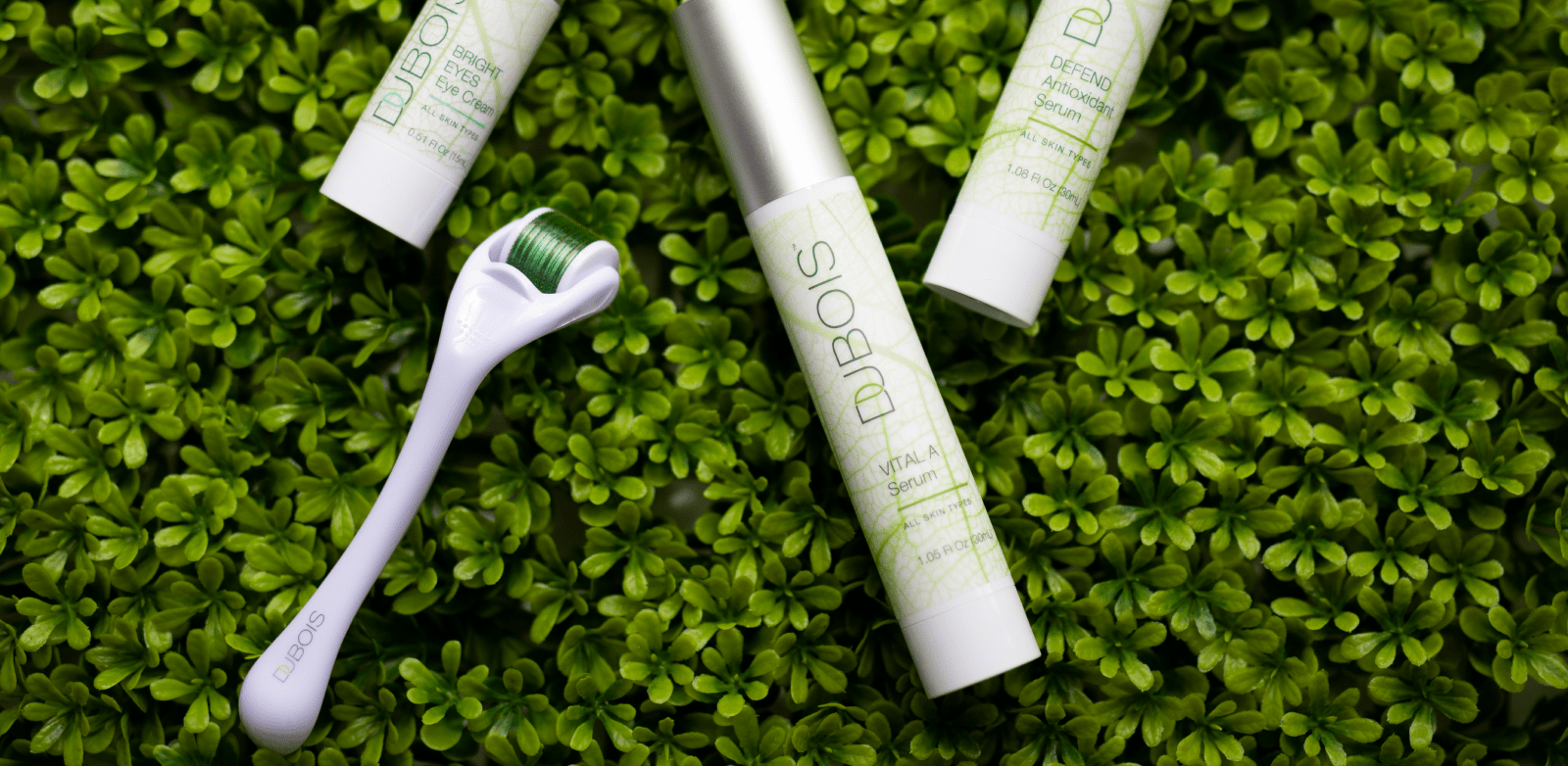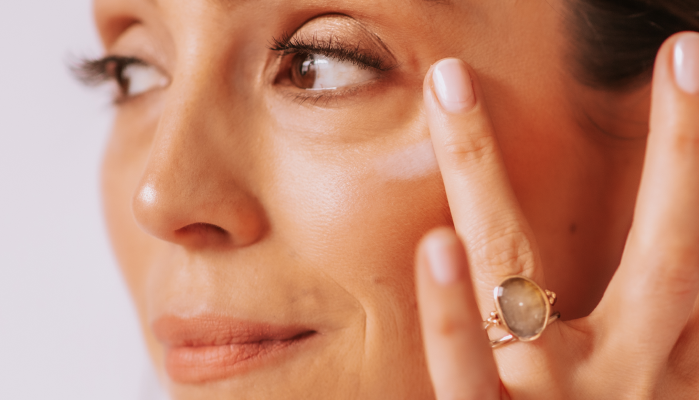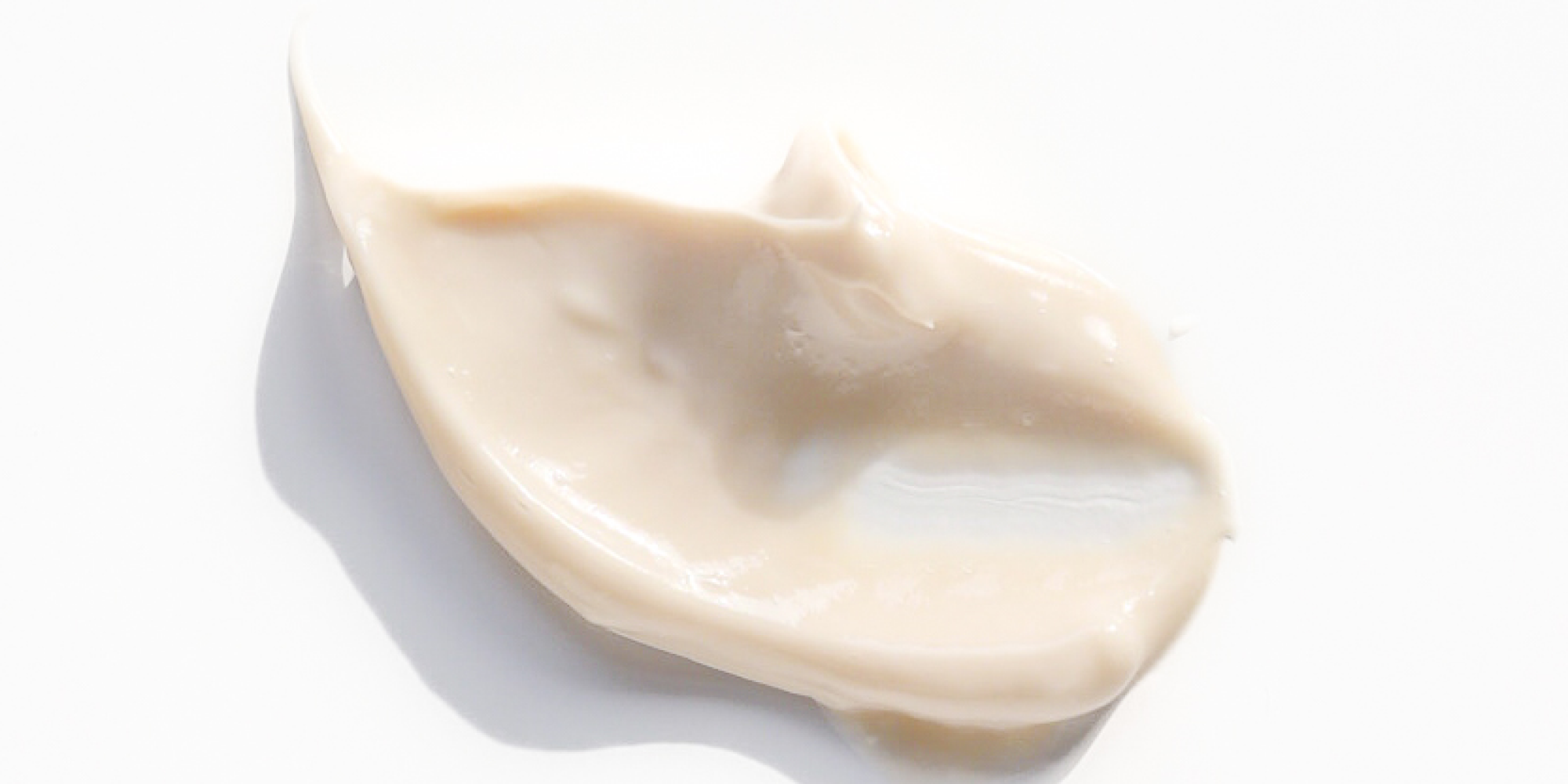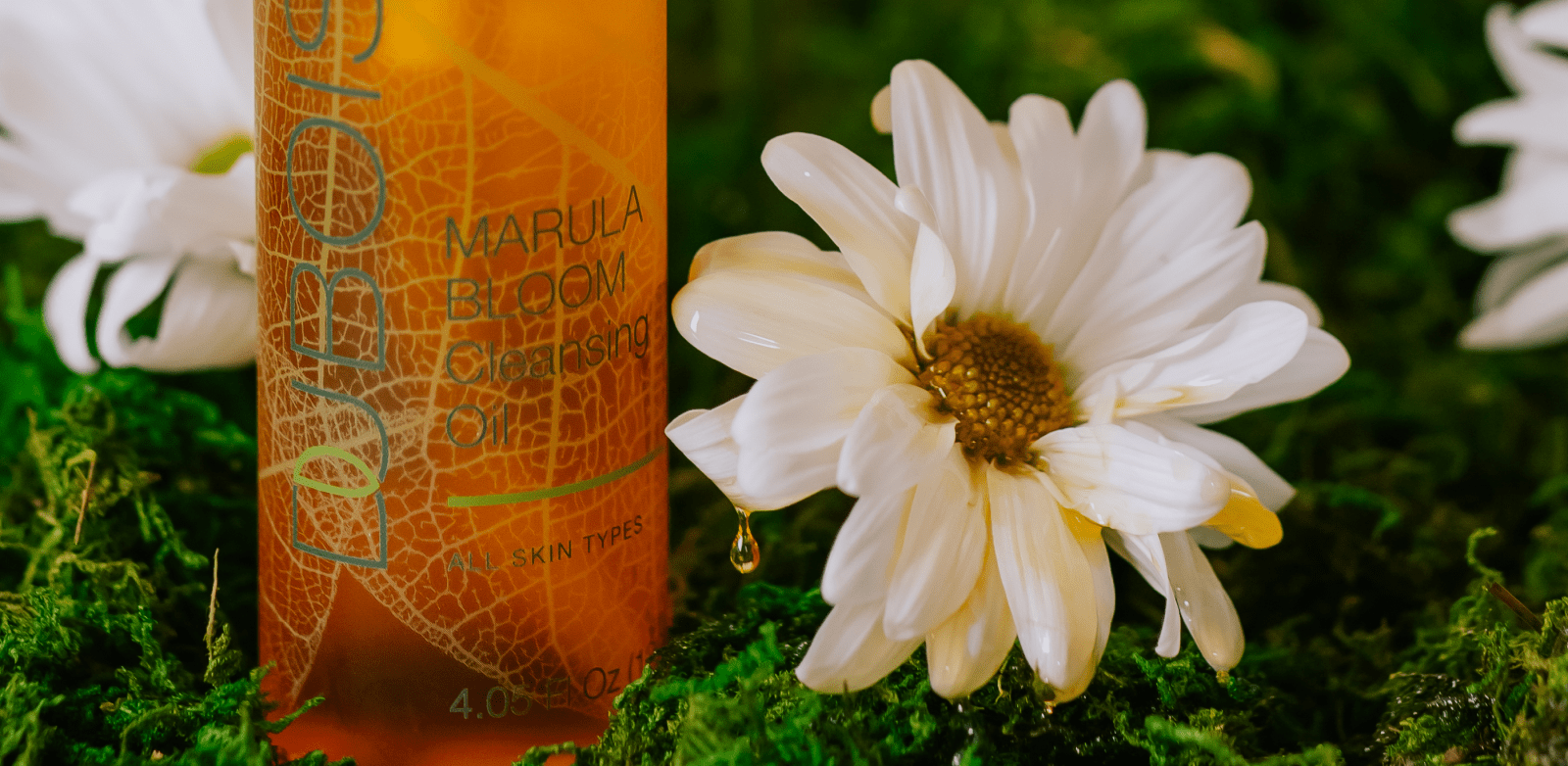
Debunking 5 Myths About Dermal Rolling for Skin Health
In recent years, dermal rolling, also known as micro-needling or collagen induction therapy, has gained popularity as a promising skincare technique for improving skin health. While it does offer several benefits, there are also many myths and misconceptions surrounding this treatment. In this blog post, we'll debunk five common myths about dermal rolling to help you make informed decisions about your skincare routine.

Myth 1: Dermal Rolling Is Painful and Requires Downtime
One of the most persistent myths about dermal rolling is that it's a painful procedure that necessitates days of downtime. In reality, the level of discomfort experienced during dermal rolling varies from person to person. Most individuals report only mild discomfort, often described as a tingling or scratching sensation. Some clinics use numbing creams to minimize any potential discomfort. Furthermore, there is minimal downtime associated with dermal rolling. You may experience mild redness and temporary sensitivity immediately after the procedure, but these effects typically subside within a day or two. You can usually resume your daily activities almost immediately.Myth 2: Dermal Rolling Causes Scarring
Another common misconception is that dermal rolling can lead to scarring. When performed by a trained professional using sterile and high-quality equipment, the risk of scarring is extremely low. In fact, dermal rolling is often used to reduce the appearance of scars caused by acne, surgery, or injury. However, it's crucial to follow post-procedure care instructions diligently to minimize any potential risks. Avoid sun exposure, use recommended skincare products, and protect your skin with sunscreen to ensure a successful and scar-free healing process.Myth 3: Dermal Rolling Is Unsafe for Dark Skin Tones
Some people believe that dermal rolling is only suitable for individuals with lighter skin tones and may cause hyperpigmentation in those with darker skin. This is not entirely accurate. Dermal rolling, when performed correctly, can be safe and effective for all skin types. It's essential to choose an experienced practitioner who understands how to tailor the treatment to your specific skin type and concerns. Additionally, using proper post-care products and sun protection can further reduce the risk of hyperpigmentation in individuals with darker skin.

Myth 4: Dermal Rolling Is a One-Time Solution
Many people mistakenly believe that a single dermal rolling session will provide long-lasting results. In reality, dermal rolling is most effective when a few times a week, as appropriate for your skin. This allows the skin to heal and regenerate gradually, resulting in improved texture, reduced wrinkles, and enhanced collagen production over time.





